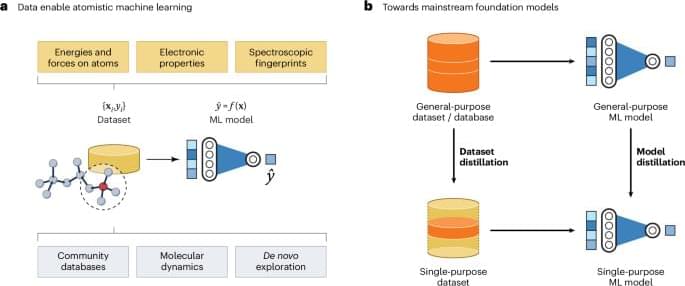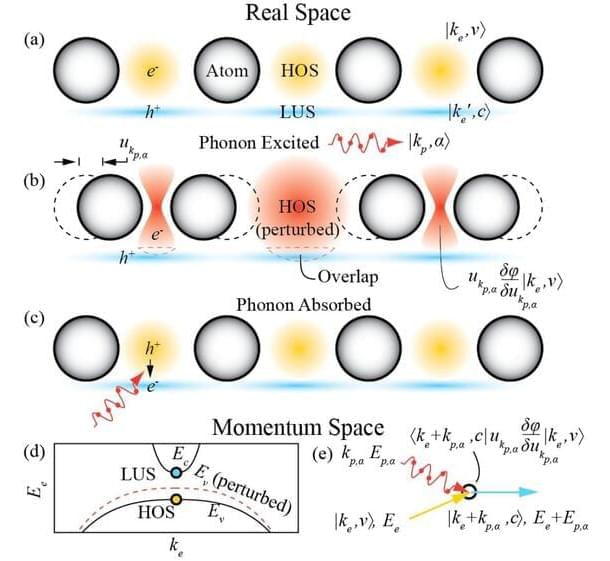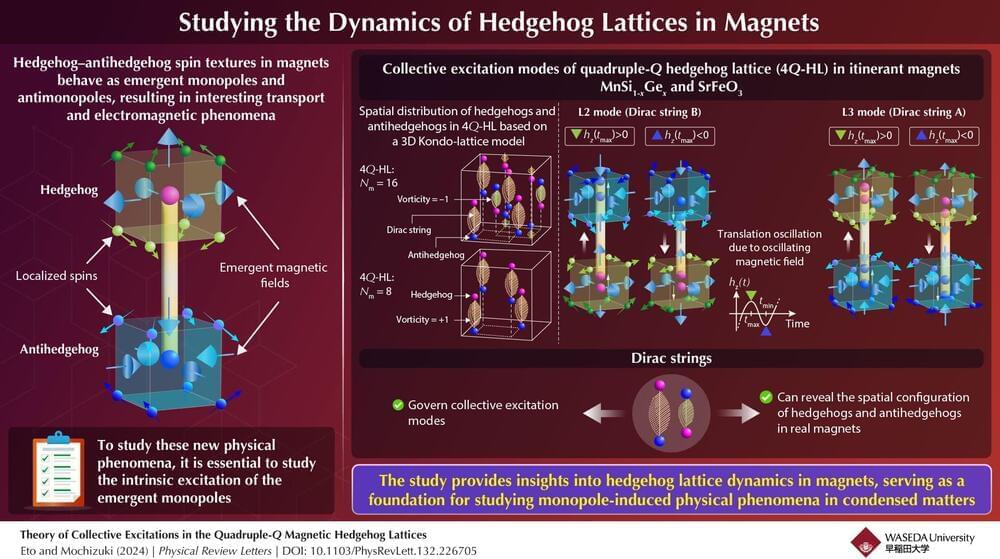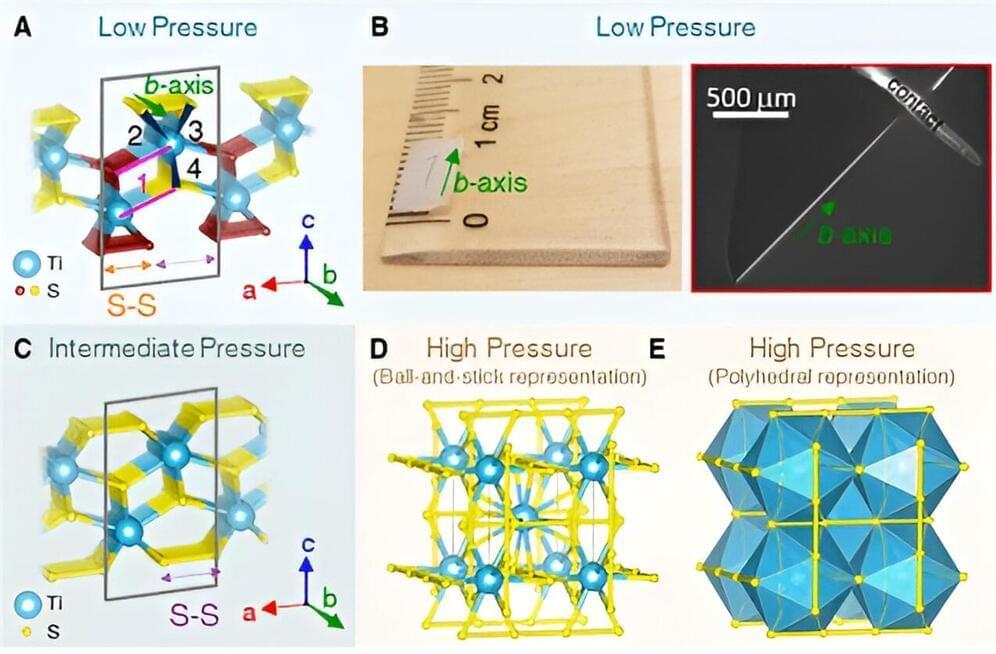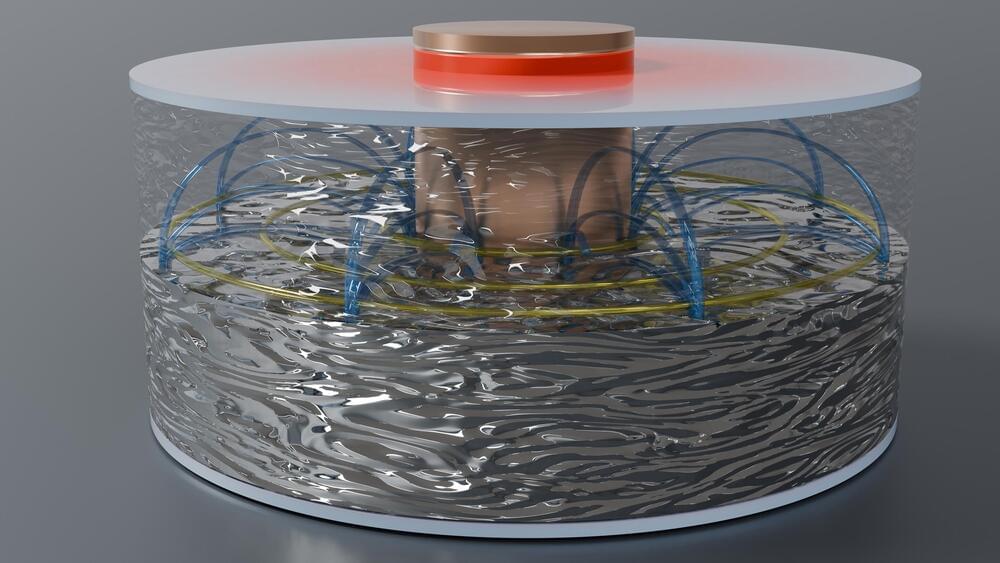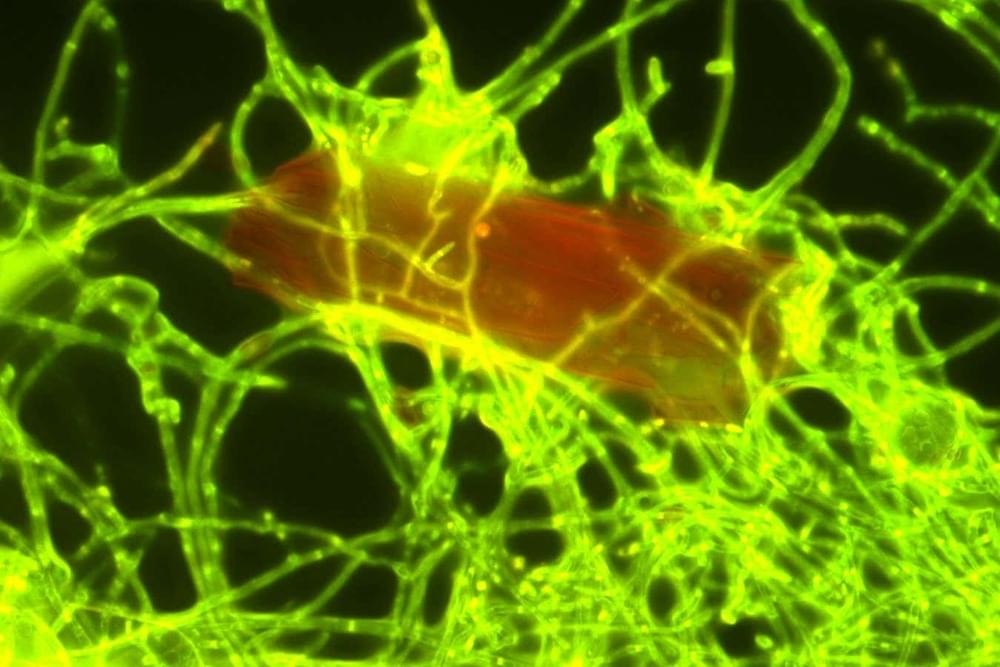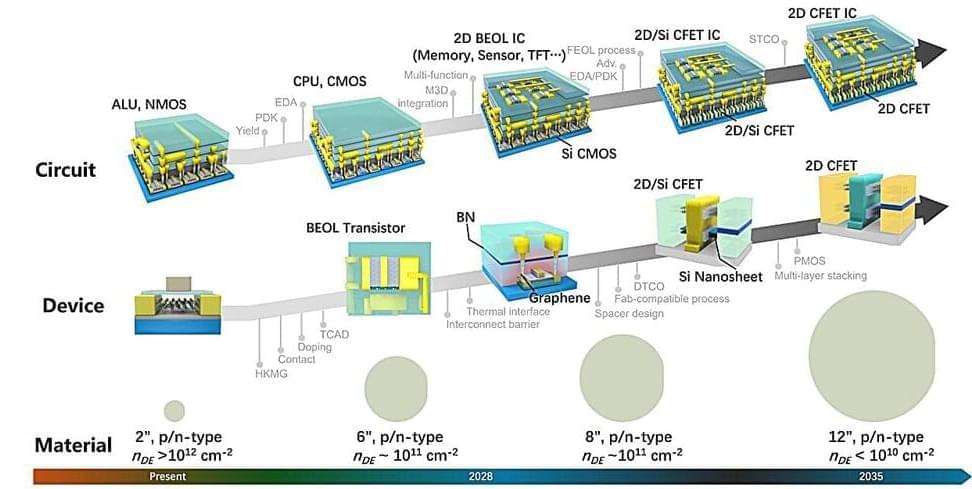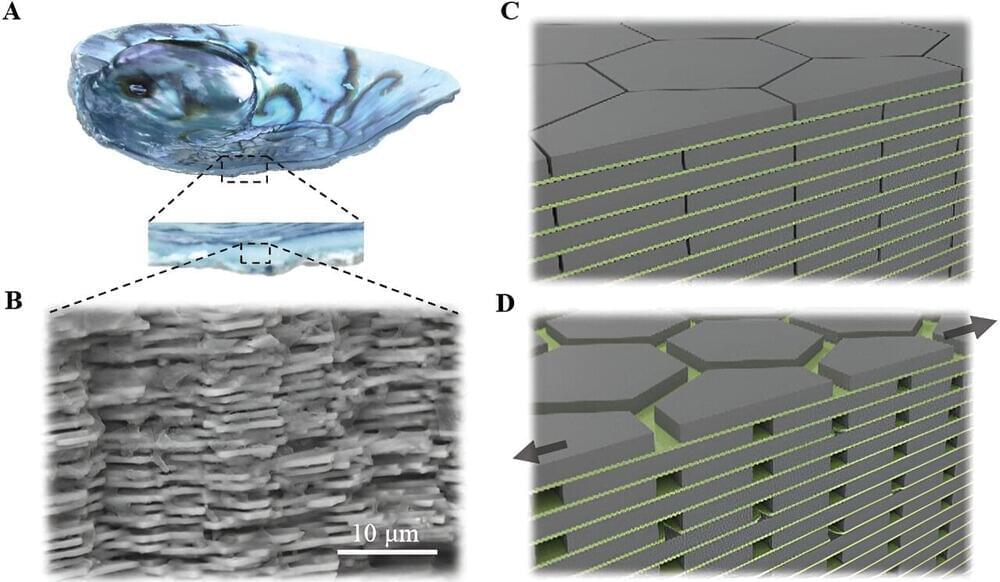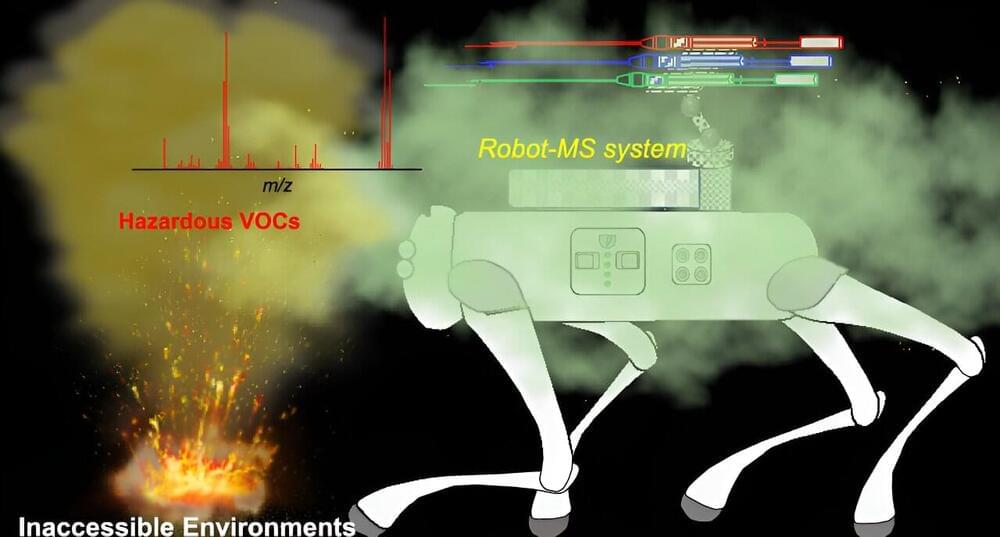Jun 13, 2024
Data as the next challenge in atomistic machine learning
Posted by Dan Breeden in categories: materials, robotics/AI
As machine learning models are becoming mainstream tools for molecular and materials research, there is an urgent need to improve the nature, quality, and accessibility of atomistic data. In turn, there are opportunities for a new generation of generally applicable datasets and distillable models.
